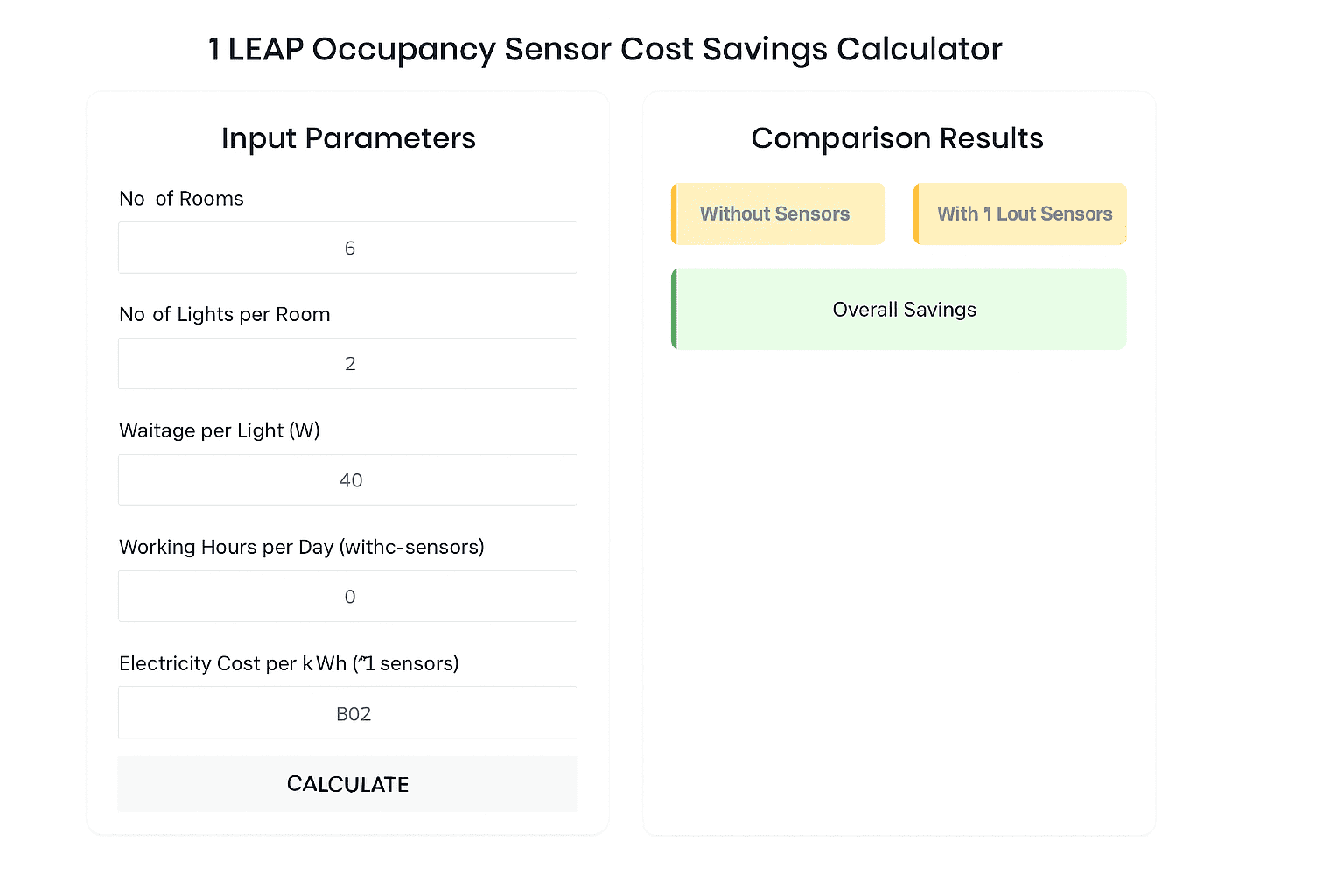General FAQS
Frequently Asked Questions (FAQs)
What is Infrared?
IR radiation is one of the three ways heat is transferred from one place to another, the other two being convection and conduction. Everything with a temperature above about 5 degrees Kelvin (minus 450 degrees Fahrenheit or minus 268 degrees Celsius) emits IR radiation.
What are PIR Sensors?
A passive infrared sensor (PIR sensor) is an electronic sensor that measures infrared (IR) light radiating from objects in its field of view. They are most often used in PIR-based motion detectors.
What is the PIR Sensor Operating Principle?
The term passive in this instance refers to the fact that PIR devices do not generate or radiate any energy for detection purposes. They work entirely by detecting the energy given off by other objects.PIR sensors don’t detect or measure “heat”; instead they detect the infrared radiation emitted or reflected from an object.
Can PIR Detect Through Glass
This is a false alarm waiting to happen — a PIR sensor won’t catch a human through glass, but it could be fooled by a car headlight or concentrated burst of sun. … Motion sensors have blind spots. For example, a PIR sensor might not detect something that is moving in a straight line directly toward it.
Are One Leap Sensors, Energy Saving products
Yes, 1 LEAP products are energy saving products. Installing our energy saving products (Sensors) helps you to save energy by switching off the lights when the space is not in use. Installing 1 LEAP Sensors can help in saving up to 60% of energy
Why Do I Need To Use A Sensor
Most of people prefer to install sensor products to save energy and as a result they can reduce energy cost. For equipment’s connected to sensors approximately up to 60 % electricity can be saved. Sensors also provide convenience for hands free lighting.
What Are The Advantages Of Installing 1 Leap Sensors
PIR Motion Sensors will itself recover its cost by reducing your electricity bills and will further save your electricity cost for the future.
- Very easy installation (DIY), can be installed by in – house technician.
- No separate wiring required hence no additional installation cost.
- No modification is required and complies with current aesthetics.
- Payback within approx. ten months according to residential meter and approx. six months according to the commercial meter.
What Other Functionality Does 1 Leap Sensors Provide
Apart from helping in reducing your electricity bills, these sensors can be used for security purpose also, especially Microwave Motion Sensors are best suited for home and office security.
Can I Install These Sensors Myself
Yes installing our sensors is very easy, even your in-house technician can install these sensors, to guide you with installation all our products comes with an instruction manual, with do’s & don’ts and installation methods along with circuit diagram
What Are Combined And Dual Sensors
Some motion detectors combine different sensor types in order to reduce false alarms. However, dual sensors are only triggered when both types detect motion. For example, a dual PIR/Microwave sensor will start out on the PIR setting, because that takes less energy. When the PIR is tripped, the microwave part will turn on; then, if the microwave is ALSO tripped, the alarm will sound. This “double trigger” is great for avoiding false alarms.

